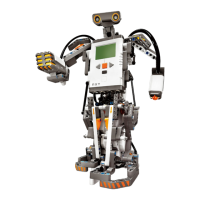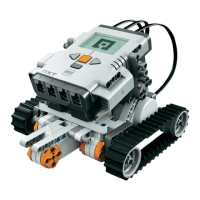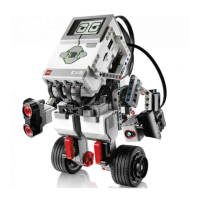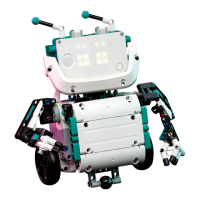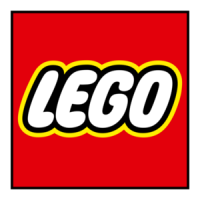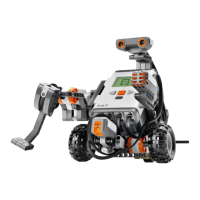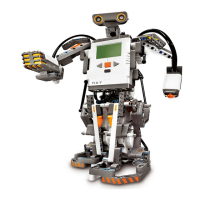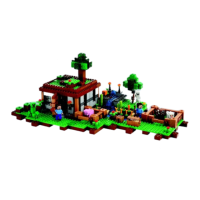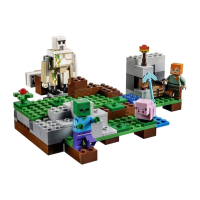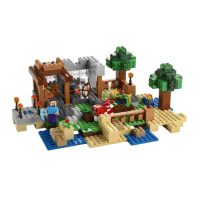2
WELCOME TO LEGO
®
MINDSTORMS
®
EDUCATION
LEGO
®
MINDSTORMS
®
Education is the next generation in
educational robotics, enabling students to discover Science,
Technology, Engineering and Mathematics in a fun, engaging,
hands-on way.
By combining the power of the LEGO building system with
the LEGO MINDSTORMS Education technology, teams of
students can design, build, program, and test robots. Working
together on guided and open-ended engineering projects,
the team members develop creativity and problem-solving
skills along with other important mathematics and science
knowledge. Students also become more skilled in
communication, organization and research, which helps
prepare them for future success in higher levels of schooling and in the
workplace.
The next technology now.
LEGO MINDSTORMS Education features an advanced 32-bit computer-
controlled NXT brick, Interactive Servo Motors, Sound, Ultrasonic and other
sensors, Bluetooth communication and multiple downloading capabilities. The
icon-based LEGO MINDSTORMS Education NXT Software is built on the
LabVIEW™ software from National Instruments, an industry standard with
applications in many engineering and research fi elds.
Curriculum. Inspiration. Support.
The LEGO MINDSTORMS Education website www.MINDSTORMSeducation.com
is your main resource for curriculum, training, product information and support.
Our partners provide a strong network of information, technical advice, and
teacher support as well. Carnegie Mellon Robotics Academy is our partner for
developing curriculum materials and activities. Tufts University Center for
Engineering Education Outreach (CEEO) is our partner for product
development, workshops and conferences. In addition, local support is
provided by our trade partners. If you are interested in a competitive challenge,
check our website to fi nd out more about the FIRST LEGO LEAGUE.
Start here.
This User Guide provides an overview of the components and features in the
LEGO MINDSTORMS Education NXT materials.
Enjoy!
Introduction

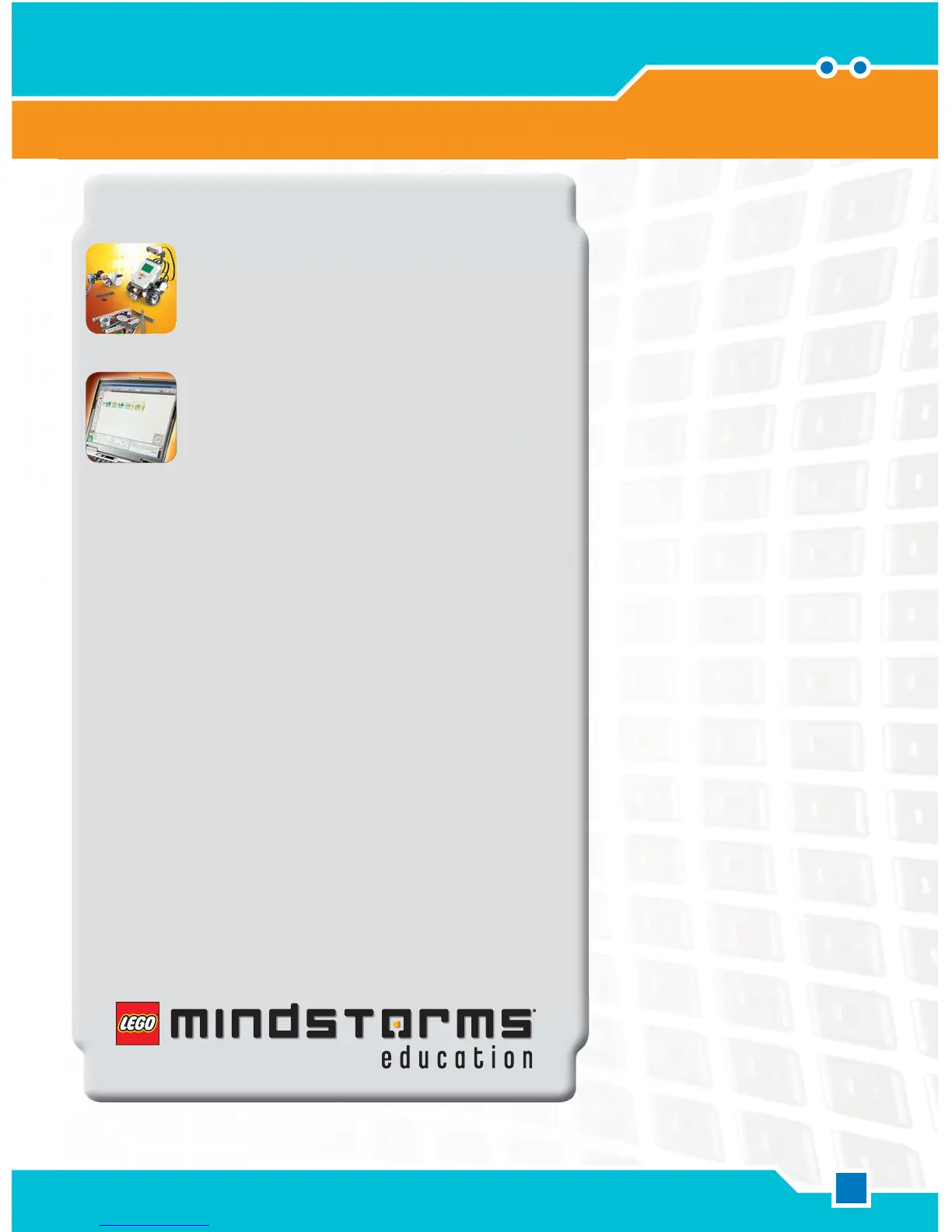